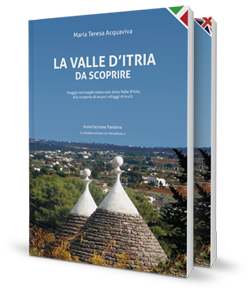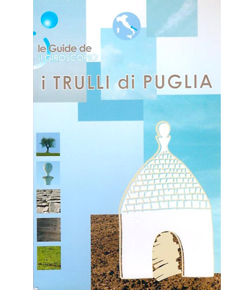When was the trullo in Puglia born? There are many and suggestive theses spread over the years, greatly influenced by the position of Puglia, a Middle Earth in the Mediterranean, a destination for this of multiple cultural influences.
The most archaic form of the trulli is often mentioned in the books as "stone huts" because, on sight, it evokes the primordial mansion built by man: the prehistoric hut. For this reason a very high chronological horizon is indicated on the origin of the trulli. According to some scholars, in fact, in geologically karst places, since prehistoric times, man could have built stone huts instead of mud huts and shrubs.In Puglia in the Neolithic Age (VII-III millennium BC) the population spread on outdoor sites on the coasts and in the internal hills, right where the trulli are located.
If you look at all the dry stone constructions found in the region, the trulli and the dry stone walls (including the monumental walls), it is not risky to make a connection with the megalithic experience that spread from the Mediterranean to Northern Europe in the Bronze Age (II millennium BC), at least limited to new construction techniques assimilated and reworked by indigenous peoples. It should not be forgotten that in the Bronze Age many peoples of sailors brought in new cultural instances, including the Mycenaean merchants, who in the mother country knew the tholoi, the imposing circular tombs with a self-supporting dome, like the domes of the trulli.
The diffusion in the Mediterranean of the trullo building type in very distant areas has led to suppose a single ethnic origin of the phenomenon, presumably with a cultural influence from East to West. The hypothesis that considers trulli exclusively an expression of spontaneous rural construction, a logical consequence of the amount of raw material available, remains less convincing, especially when one considers that the same areas of Puglia with a massive presence of trulli in the past centuries they were also rich in wood, thanks to the remarkable woodland extensions. Some trulli retain construction dates engraved on the lintels such as the Trullo in Contrada Marziolla of Locorotondo, where it reads 1509 0 1559, a date that gives the Trullo the oldest trullo record in the Valle d'Itria.
Ultimately, whether the trulli of Puglia descend from prehistoric or pre-classic huts or are a reflection of more elitist architectures such as megaliths, they represent a building archetype that has always matured in agricultural-pastoral societies and in the last centuries have become a symbol of peasant civilization . At the end of the nineteenth century the French archaeologist Francois Lenormant, defining the trulli "timeless constructions", solved every chronological problem.













